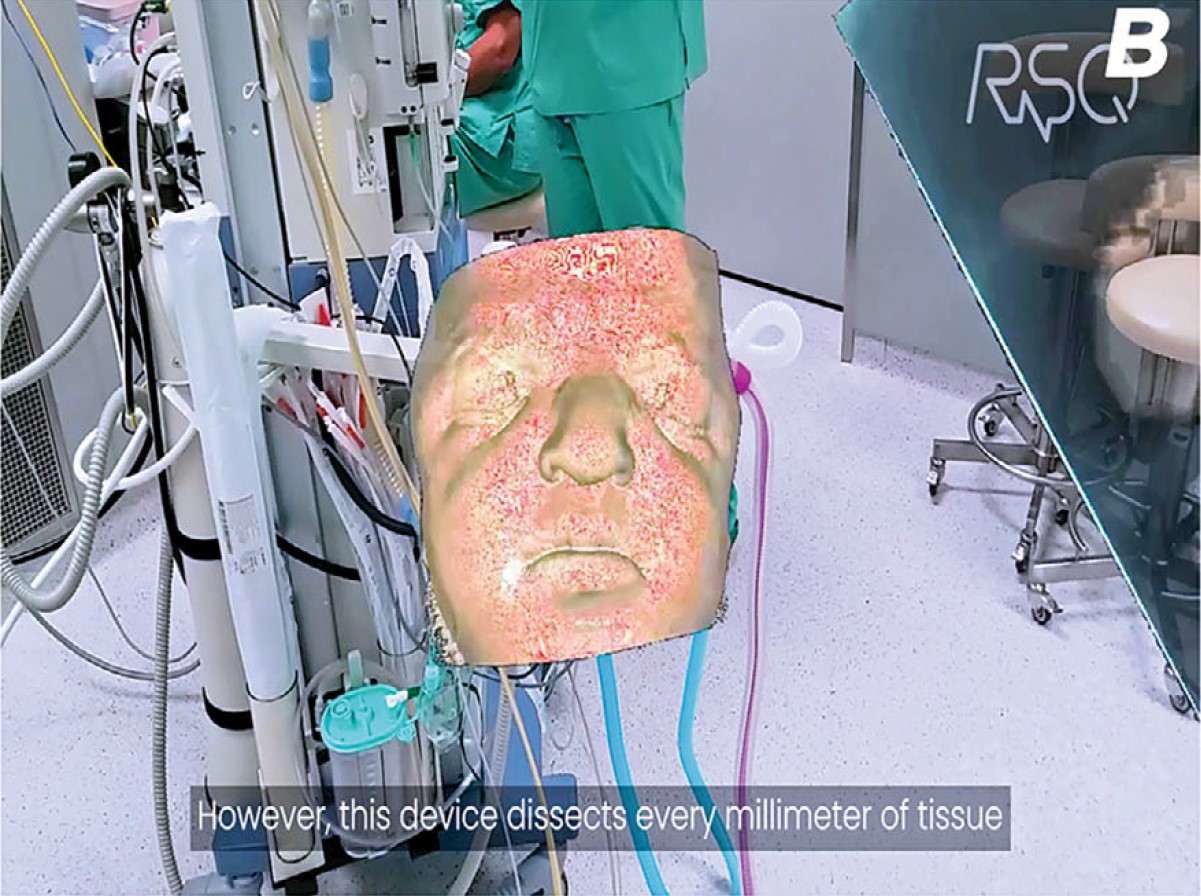Spatial Imaging in Endoscopic DCR: The Emergence of Virtual and Mixed Reality Technologies
A Groundbreaking Approach to Tackling Complex Lacrimal Obstructions
The integration of virtual reality (VR) and mixed reality (MR) into surgical practices marks a significant advancement, especially in the realm of endoscopic dacryocystorhinostomy (DCR). This article delves into the pioneering work of Rafal Nowak, MD, Izabela Nowak-Gospodarowicz, MD, Marek Rękas, MD, and Mohammad J. Ali, MD, PhD, FRCS, showcasing the transformative potential of these technologies in addressing extremely complex lacrimal drainage obstructions.
Nowak R, Nowak-Gospodarowicz I, Rękas M, Ali MJ. Virtual Reality and Mixed Reality-Assisted Endoscopic DCR in Extremely Complex Lacrimal Obstructions. Laryngoscope. 2024 Mar 21. doi: 10.1002/lary.31399. Epub ahead of print. PMID: 38511475.
https://pubmed.ncbi.nlm.nih.gov/38511475/
The Study: VR and MR in Powered Endoscopic DCR
The focal point of this discussion is a study that demonstrates the application of VR and MR in powered endoscopic DCR, particularly targeting complex syndromic congenital nasolacrimal duct obstruction (CNLDO) and post-traumatic secondary acquired lacrimal duct obstruction (SALDO) in patients with Le Fort fractures. This segment explores the methodology and the innovative approach of utilizing preoperative planning with VR and intraoperative guidance with MR to enhance surgical precision.

Case Studies: Overcoming Anatomical Challenges
This section presents detailed case studies from the study, illustrating the effectiveness of VR and MR in navigating the surgical complexities presented by patients with conditions like Apert syndrome and traumatic SALDOs. It highlights how VR models facilitated preoperative assessment and planning, while MR models provided real-time intraoperative guidance, enabling surgeons to navigate through the altered anatomical landscapes with unprecedented precision.
The Impact and Potential of VR and MR in Surgery
The results of this study underscore the viability of VR and MR-assisted powered endoscopic DCR for managing exceptionally challenging cases of CNLDO and SALDO. This part of the article discusses the broader implications of these technologies in surgical practices, emphasizing the enhanced level of anatomical insight and surgical precision they offer.

Challenges and Future Directions
Despite the promising outcomes, the integration of VR and MR into surgical procedures comes with its set of challenges, including additional costs, the need for extensive planning, a steep learning curve, and the requirement for specialized equipment. This section addresses these challenges and considers the future of VR and MR in surgical practices, highlighting the need for further research and clinical trials to fully harness the potential of these innovative technologies.
Conclusion: A New Horizon in Surgical Practice
The article concludes by reaffirming the significant contributions of Nowak, Nowak-Gospodarowicz, Rękas, and Ali in integrating VR and MR into endoscopic DCR procedures. It reflects on the transformative impact of these technologies on complex lacrimal surgeries and anticipates their broader application in advancing surgical practices across various disciplines.
For more information, contact
info@medicalholodeck.com
April 2024


